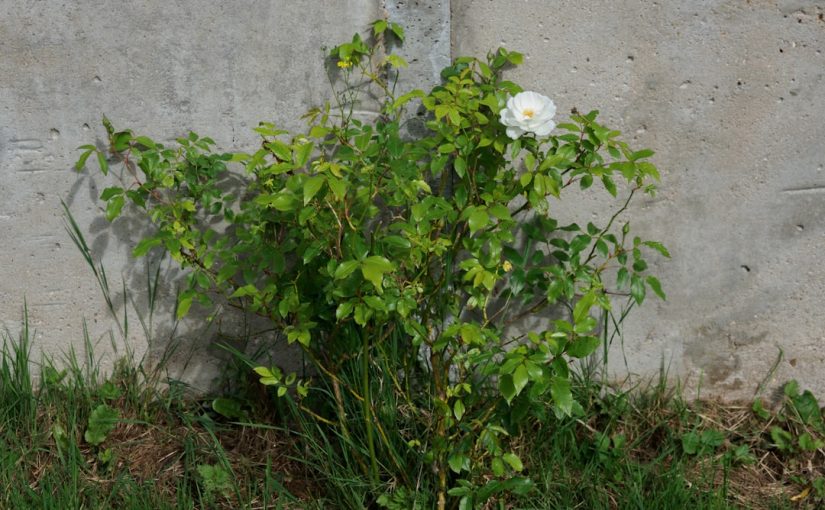The lush, green carpet of a well-maintained lawn is often the pride of a homeowner, contributing significantly to a property’s aesthetic appeal and overall value. However, life sometimes gets in the way, and a simple task like mowing can be postponed. While it might seem like a minor oversight, allowing your grass to grow excessively long can trigger a cascade of negative consequences that extend far beyond a merely untidy appearance. From fostering unwelcome pests and compromising the health of your lawn itself, to demanding significantly more effort and expense for eventual rectification, the ramifications of neglected lawn care can be surprisingly extensive. Understanding these potential pitfalls is crucial for anyone who values a healthy, vibrant outdoor space.
The aesthetic decay and curb appeal crash
The most immediate and obvious impact of letting your grass grow too long is the rapid deterioration of your property’s visual appeal. A lawn that’s overgrown instantly conveys a sense of neglect, dramatically diminishing your home’s curb appeal. The once uniform, manicured surface transforms into an uneven, shaggy expanse where individual blades of grass begin to flop over, creating a wild, unkempt look. This isn’t just an eyesore for you; it affects the entire neighborhood’s aesthetic. Taller grass often highlights and shelters weeds, making them even more prominent and difficult to spot until they’ve taken firm root. This untidy appearance can inadvertently signal to neighbors or potential buyers that the property may not be well-maintained in other areas, potentially impacting property values and creating a less inviting atmosphere.
Ecosystem imbalance and pest proliferation
Beyond aesthetics, an overgrown lawn quickly becomes an inviting habitat for a variety of unwanted pests and wildlife. The dense, tall grass provides excellent shelter and a sense of security for creatures seeking refuge from predators and harsh weather conditions. This makes your yard an ideal breeding ground and home for rodents like mice and voles, which can then seek entry into your home. More concerningly, overgrown areas are prime real estate for ticks, which carry diseases such as Lyme disease, and mosquitoes, known vectors for West Nile virus and Zika. Snakes, spiders, and other creepy crawlies also thrive in such environments, posing potential risks to children and pets. Essentially, you’re inadvertently creating a miniature wilderness zone right outside your door, disturbing the balance of your immediate outdoor ecosystem in a way that prioritizes problematic species.
Grass health degradation and lawn recovery challenges
Letting grass grow too long isn’t just a temporary lapse; it can cause significant stress and long-term damage to the lawn itself. When grass grows excessively tall, the lower parts of the blades, which have been shielded from sunlight, become weak and yellow. If you then cut too much off at once—a common mistake when tackling an overgrown lawn—you “scalp” the grass. This sudden exposure to sun can shock and damage the lower, less photosynthetically active parts of the plant. Such stress makes the entire lawn more susceptible to diseases, as air circulation is poor in dense, tall grass, fostering fungal growth. Weeds also benefit greatly, as their robust growth patterns often allow them to outcompete and overshadow stressed turfgrass. Rehabilitating a severely overgrown and damaged lawn requires a strategic approach, often involving multiple, gradual mows, aeration, fertilization, and potentially reseeding, demanding significant time and effort to restore its health and density.
Increased maintenance and financial burdens
While the initial intent might be to save time or effort, letting your grass grow too long inevitably leads to greater maintenance demands and increased costs down the line. Mowing overgrown grass is far more challenging than routine upkeep. It puts immense strain on your lawnmower’s engine, blades, and deck, potentially leading to breakdowns or requiring more frequent maintenance and repairs. You’ll likely need to make multiple passes over the same area, or raise the cutting height significantly and then gradually reduce it over several weeks, to avoid scalping. This consumes more fuel and time. Furthermore, the sheer volume of clippings generated from tall grass can overwhelm standard bagging systems, necessitating extra effort for raking, bagging, and disposal. If the task becomes too daunting, you might have to hire professional lawn care services, which charge a premium for clearing severely neglected areas compared to regular maintenance. The table below illustrates potential differences in effort:
| Task Type | Time Investment (per mow) | Equipment Strain | Clipping Management | Risk of Lawn Damage |
|---|---|---|---|---|
| Regular Mowing | Low (30-60 min) | Low | Easy (mulch/bag) | Low |
| Overgrown Mowing (First Cut) | High (90-180 min) | High | Difficult (heavy volume, clumping) | High (scalping, disease) |
| Lawn Recovery Effort | Ongoing (weeks/months) | Moderate (aeration, fertilization) | Moderate | Medium |
Ultimately, a neglected lawn isn’t just an eyesore; it’s an open invitation for a host of problems that can quickly spiral out of control. From the immediate hit to your property’s aesthetic appeal and the increased risk of pest infestations, to the long-term damage inflicted upon your grass’s health and the significant boost in future maintenance costs, the decision to let your lawn go has far-reaching consequences. The cumulative effect of these issues makes it clear that consistent, proactive lawn care is not merely about aesthetics, but about safeguarding the health, safety, and value of your home. Embracing a regular mowing schedule, even a slightly lenient one, is a small effort that yields substantial returns in maintaining a vibrant, healthy, and trouble-free outdoor environment.
Image by: Brett Jordan
